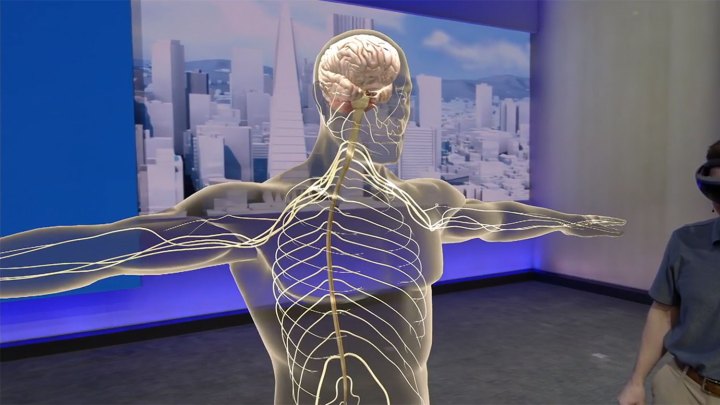
The researchers discovered that silk could be used to bridge the gap in a damaged spinal cord, allowing nerves to grow in the damaged area of the spin. The team determined that silkworm silk had several properties that made it ideal for use in spinal injuries.
The first useful property of the silk is that it has the correct rigidity. If the silk was too soft, the nerves simply would not be able to grow across it. If, on the other hand, it was too rigid, then the silk could actually cause further injury to the patient’s back.
In addition, the silk’s chemical compounds provide it with properties that are beneficial to nerve growth. The silk has a repeated “RGD” sequence, which encourages nerve growth by allowing the nerves to easily attach themselves to the silk.
In term’s of the body’s immune system, it was determined that the silk did not trigger a response from the spinal cord’s immune system cells, which cuts down the risk of inflammation. Lastly, the silk naturally degrades over time. Once the nerves have attached themselves to the silk, it will slowly dissolve. allowing those nerves to serve as a bridge for other nerves.
“Spinal injuries affect 250,000-500,000 people globally every year. It can have devastating effects for people who suffer them, including loss of motor and sensory function below the level of injury, and bladder, bowel, and sexual dysfunction,” Dr. Wenlong Huang of the University of Aberdeen said.
“If we can work to find a solution, such as the use of AP silk, to improve their quality of life even slightly then it is beneficial. Intriguingly, AP silk may also have the potential to aid repair following brain injury. These are still early bench-based studies but they certainly seem to show that AP silk has fantastic properties, especially suitable for spinal repair, and we look forward to researching this further.”
As odd as it might seem, this is not the first time that silk made from insects and other creatures have provided medical benefits. Researchers found that artificial spider silk had a wide-range of medical and technological applications.


